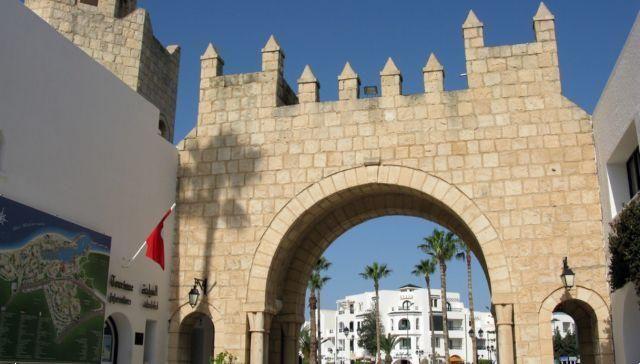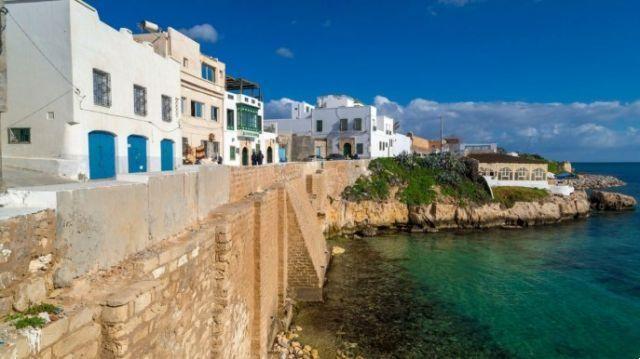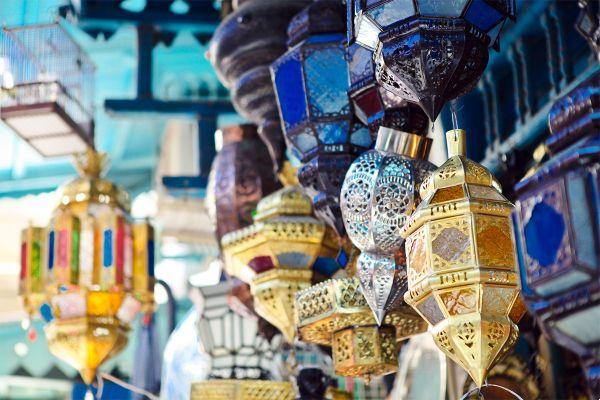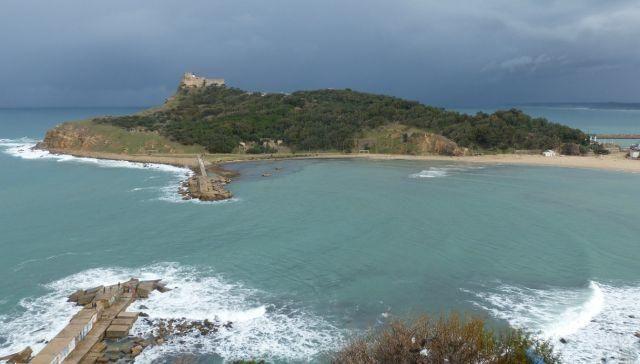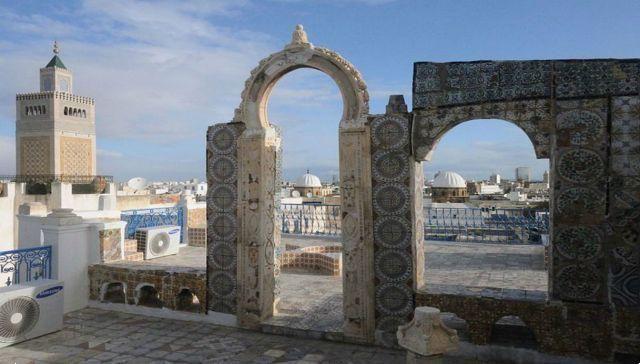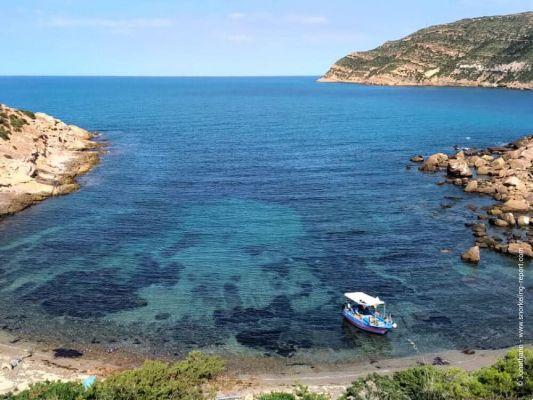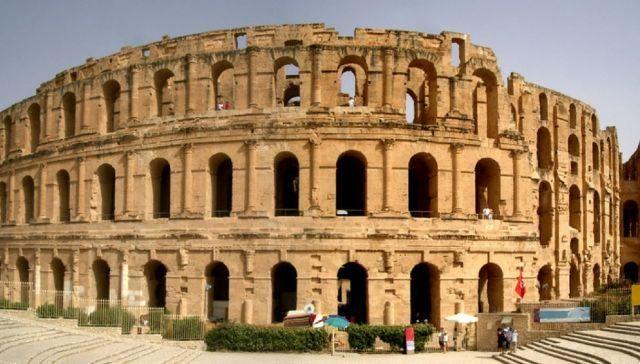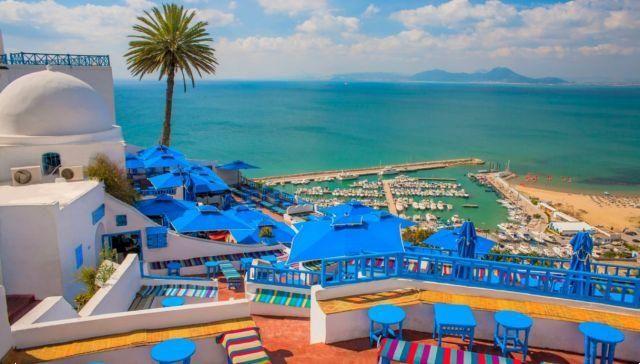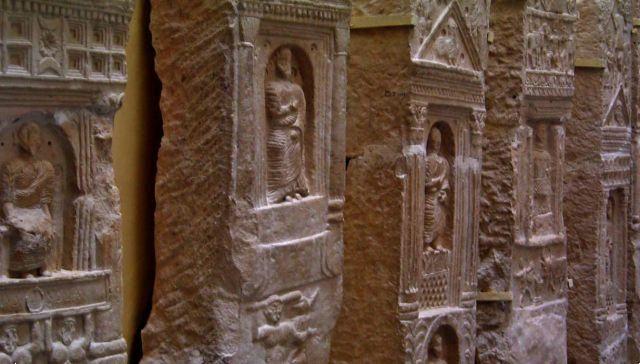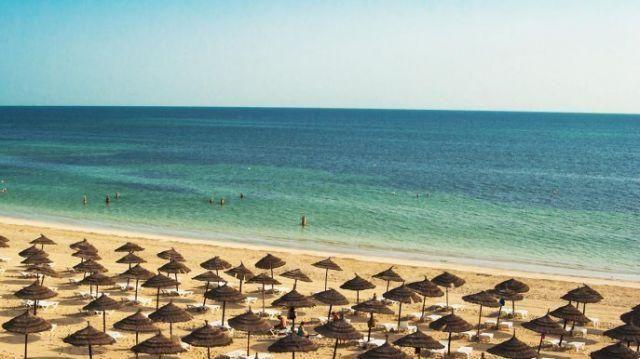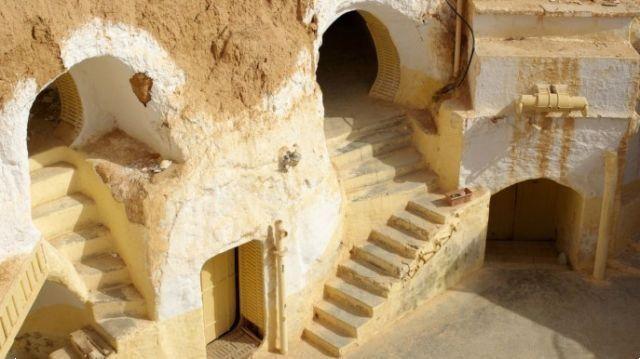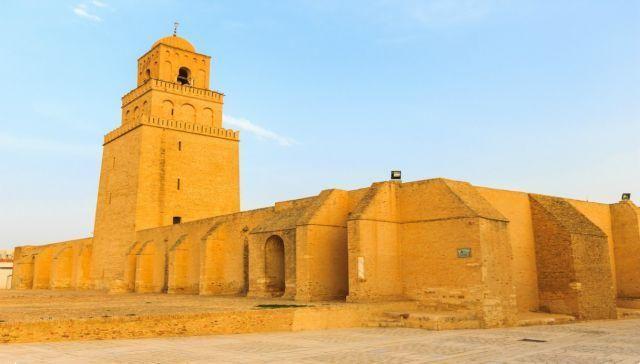 Kairouan, or al-Qayrawan, is a charming city in northern Tunisia considered one of the sacred cities of Islam for its large and ancient mosque
Kairouan, or al-Qayrawan, is a charming city in northern Tunisia considered one of the sacred cities of Islam for its large and ancient mosque
Kairouan – or according to the transliteration from Arabic, al-Qayrawan – is a charming and important city in northern Tunisia, located about 120 kilometers south of Tunis. This city is the capital of the governorate of the same name and is considered by Muslims from all over the world to be the third sacred city after Medina and Mecca due to the Great Mosque of Uqba which since 1988 has been part of the UNESCO World Heritage Site due to its historical importance. cultural it covers.
The name al-Qayrawan derives from the Persian Karavan and means "place of rest" and it is no coincidence that it was chosen by the founder of the city Uqba ibn Nafi, when he decided to build the first nucleus of Kairouan near an ancient Byzantine fort. In a short time, the new city became one of the most important and prestigious centers in Tunisia, bringing this territory back to the times of the glory of Carthage and only the great metropolises of the Persian Gulf could rival its splendor.
Kairouan also began to attract a large number of scholars, religious people and mystics who settled on its territory, founding schools and libraries and at the end of the 7th century the Great Mosque of al-Qayrawan was also built, the oldest mosque in the whole of the Maghreb. Subsequently, the city's fate was linked to that of the Aghlabid dynasty which made al-Qayrawan the Paris of the Islamic world, until the beginning of the 10th century when a long period of decadence marked its history.
In this guide we will discover the secrets and destinations not to be missed on a trip to Kairouan, the sacred city of Tunisia.
Il center of Kairouan It presents itself as a modern city that embraces the ancient center still surrounded by Aghlabid-era walls and which has maintained its fascinating medieval appearance. Once you have crossed the walls you set off on a true journey through time which will immerse visitors in an evocative Arabian Nights atmosphere where you can admire a still magical Tunisia.
The historic center of Kairouan is a tangle of narrow alleys that join together in the larger streets and then get lost again among the low buildings with clay walls. Before dedicating yourself to visiting the main attractions of the city, it is worth taking some time to wander in this parallel world outside of time and sit in one of the numerous cafés to sip a Mint tea.
The main and most famous attraction of Kairouan is the Uqba Great Mosque, one of the holiest places for the Islamic religion, and a magnificent example of Aghlabid era architecture. The mosque is made up of a large building with the appearance of a fortress which encloses the large internal courtyard where the spectacular colonnade is located which leads to the musalla, the prayer room. Next to it you can admire the mighty minaret, dating back to the third construction phase, following the reconstruction following the devastation of the Berber invasion at the end of the 7th century. Before visiting the mosque you must remember that it is an active and highly venerated place of worship so it is necessary to have appropriate clothing while visits are only permitted outside prayer hours.
The second most important mosque in Kairouan is the so-called Barber's Mosque, built in the 17th century in the place where, it is said, one of the Prophet's closest friends was buried and who had buried a lock of his beard with him.
Another very suggestive place in Kairouan is the Pozzo Barrouta, a fresh water spring as old as the city which still retains the typical pump operated by dromedaries like those used in the Middle Ages. Near the well you can enter one of the most characteristic souks of Kairouan where you can buy typical products and wonderful examples of local craftsmanship, in particular woolen fabrics and splendid carpets.
One of the characteristics of the center of Kairouan are the white domes of the buildings, called zaouïas which remind the world that in the past a mystic or a master of Koranic knowledge taught in that place.
To admire the technical-architectural mastery of the Arab Aghlabid dynasty you need to leave the medina, the old city, and head north, up to the magnificent serbatoi d'acqua aghlabidi. These incredible structures are perfect circles made to collect rainwater and convey it into a complex system of channels and cisterns and were built around 800, demonstrating the extraordinary level of civilization that the Aghlabids had developed.
One way to learn more about this incredible civilization is to visit the Raqqada Museum of Islamic Art, located just outside Kairouan to the south, where an extraordinary collection of works of art spanning almost a thousand years of history is preserved. The museum hosts a vast art exhibition of great historical interest, but its most valuable section is that of manuscripts and calligraphic works which shows the superb artistic ability of the masters of the Koranic schools of Kairouan.
Today the Kairouan area is one of those where the unrest following the Arab Spring of 2011 was less intense and is considered one of the regions where terrorism is less influential and, consequently, where the risks are lower. We must not forget, however, that Tunisia is going through a complex phase and the nearby Libyan territory does not make the situation any better, so the best choice in case of a trip to the country is to inform the Italian diplomatic network before leaving and staying within organized tours.





